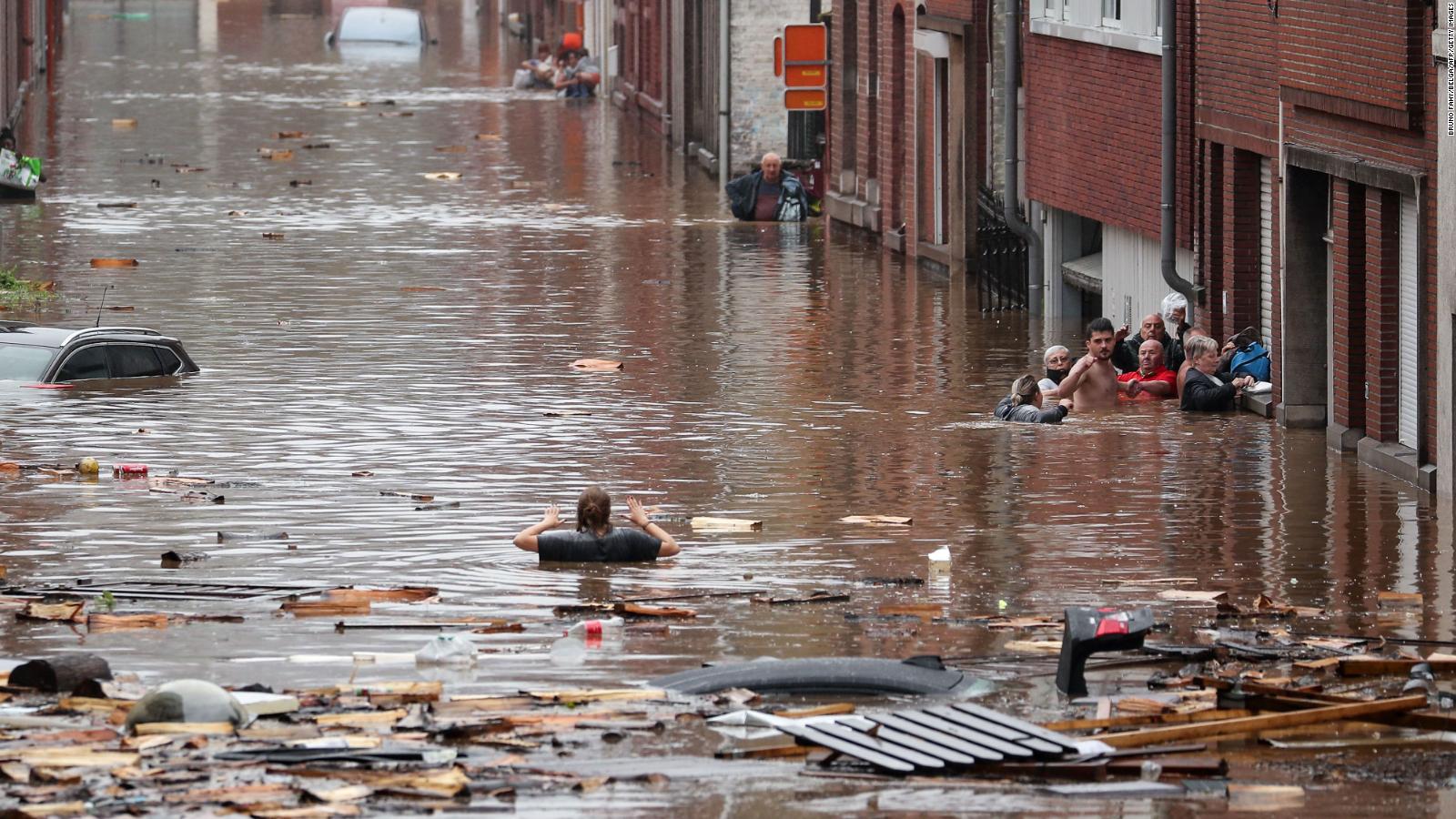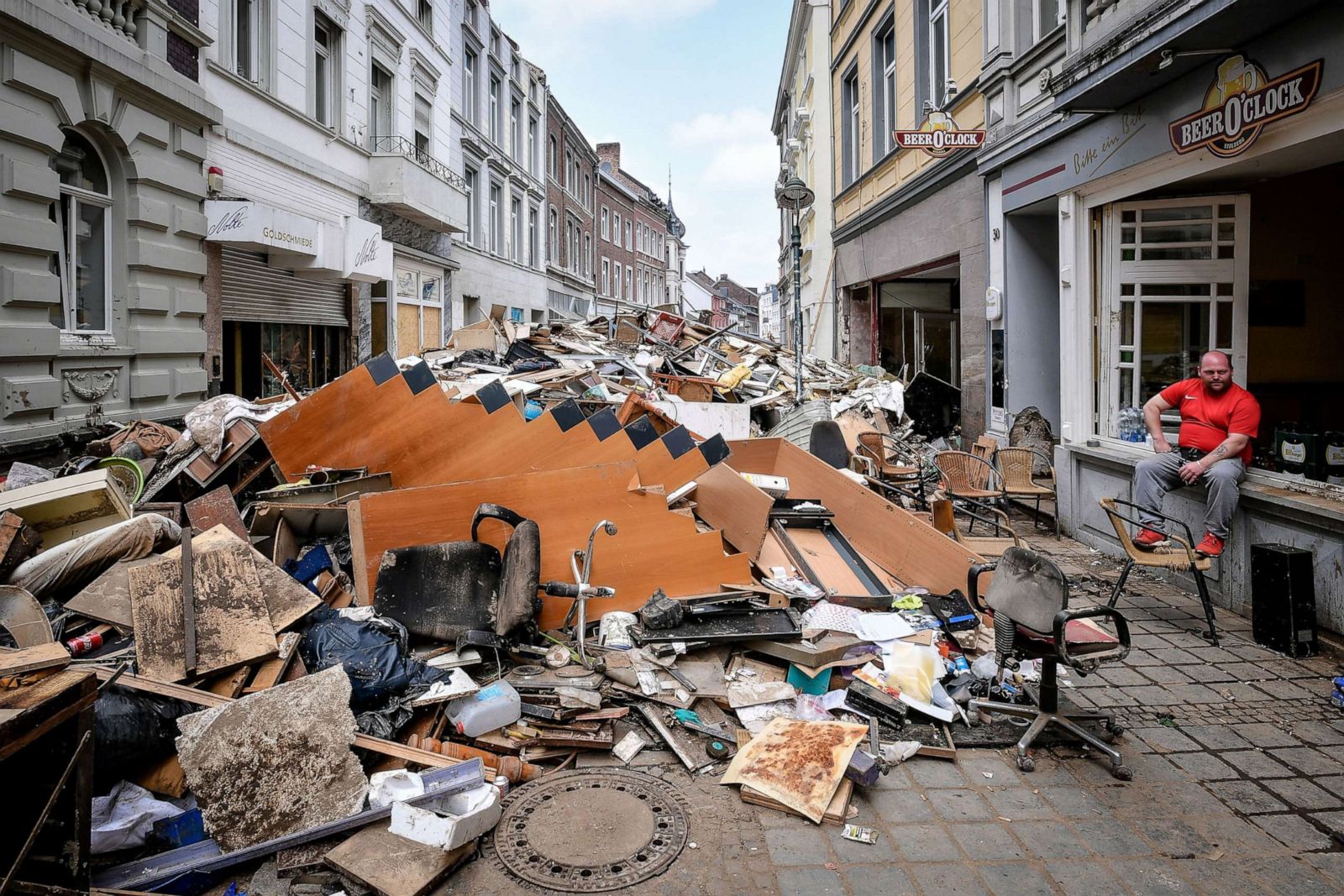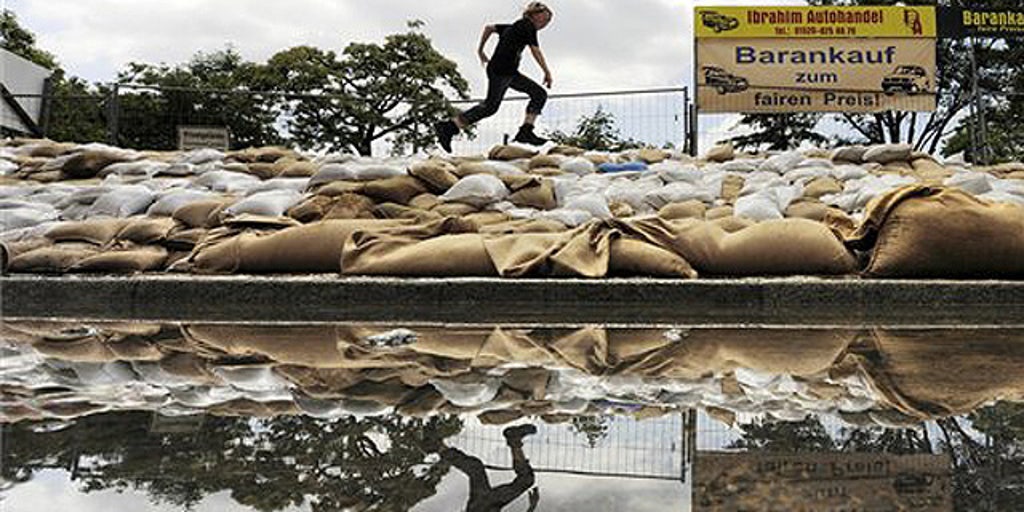

The high waters are expected to last until Sunday evening.


Dutch officials ordered the evacuation of 10,000 people in the municipality of Venlo, where the Maas river rose faster than expected. Officials have started the evacuation of about 700 residents in the Ophoven neighborhood in the city of Wassenberg. (Sebastian Schmitt/dpa via AP) Sebastian Schmitt/APĪ dam along the river Rur in the western German state of North Rhine-Westphalia broke Friday night, according to the regional government. “One flood isn’t the example of climate change, but if we look at the loss events of recent years, decades, then they are simply more frequent than they were previously-so we must make a great effort,” Merkel said.A regional train sits in the flood waters at the local station in Kordel, Germany, Thursday Jafter it was flooded by the high waters of the Kyll river. Germany is also in the midst of an election to replace Chancellor Angela Merkel and the floods are sure to force the conversation around climate change mitigation and adaptation to the fore.Īfter touring damaged areas of Germany, Merkel urged that “we must get faster in the battle against climate change,” in a news conference quoted by Geir Moulson of the Associated Press. The flooding came in the same week that the European Union announced the world’s most ambitious plans to lower carbon emissions to fight climate change, report Melissa Eddy and Steven Erlanger for the New York Times.

"The fact that other parts of the northern hemisphere are currently suffering record-breaking heatwaves and fires should serve as a reminder of just how much more dangerous our weather could become in an ever-warmer world."Īs climate change progresses, severe rain events and flooding will become more common in Europe. "These kind of high-energy, sudden summer torrents of rain are exactly what we expect in our rapidly heating climate," Hannah Cloke, a climate scientist at the University of Reading, tells CNN. Twenty-four-hour rainfall totals of around four to six inches were seen across large areas of western Germany, a region where the average rainfall for the entire month of July is 3.45 inches. The city of Reifferscheid received an astounding 8.1 inches of rain in just nine hours, report Nadine Schmidt, Schams Elwazer, Barbara Wojazer and Sharon Braithwaite for CNN. In the days before the deluge, a German meteorologist said weather models predicted the storms could lead rivers across the country to rise to water levels not seen in 500 or 1,000 years, report Melissa Eddy, Jack Ewing, Megan Specia and Steven Erlanger report for the New York Times. In places like Cologne and the village of Schuld, debris-laden floodwaters carried away cars, ripped buildings apart and left other structures on the brink of collapse, their ground floors buried in a thick layer of sludgy brown mud.ĭowned cell towers combined with damaged and submerged infrastructure have created additional challenges for emergency crews running rescue operations and other responses to the disaster, reports Ian Austen for the New York Times. Hundreds of others remain missing and many fear that the death toll will continue to rise in coming days. German news outlet Deutsche Welle reports the floods killed at least 165 people in western Germany alone, with additional fatalities in neighboring countries including Belgium, Switzerland and the Netherlands. Churning, brown floodwaters tore through Germany and parts of Western Europe last week when rivers overflowed their banks after days of torrential rainfall.


 0 kommentar(er)
0 kommentar(er)
